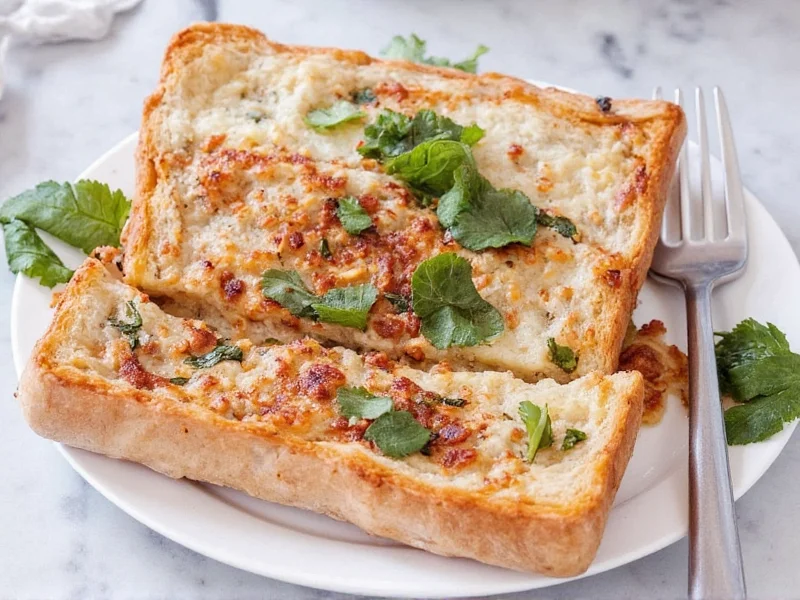Understanding what Montreal seasoning is requires exploring its distinctive flavor profile and culinary applications. This iconic Canadian spice mix delivers a perfect balance of heat, garlic punch, and aromatic spices that enhances rather than overwhelms food. Unlike many commercial blends, authentic Montreal seasoning features prominently cracked black pepper rather than fine powder, creating texture and bursts of flavor with each bite.
Origins of Montreal Seasoning
The story of Montreal seasoning begins in the 1950s at Montreal's legendary Schwartz's Deli, where Romanian immigrant Morris "The Colonel" Sherman created a special meat curing mix for smoked meat sandwiches. Local butcher Ida Schwebel later adapted this blend into what became known as Montreal steak seasoning. The blend gained widespread popularity when McCormick commercialized it in the 1980s, introducing this Canadian specialty to kitchens worldwide.
Montreal Seasoning Ingredients Breakdown
While recipes vary among brands and home cooks, authentic Montreal seasoning maintains a consistent core ingredient profile. The distinctive taste comes from the specific ratios and coarse texture of the components.
| Core Ingredient | Percentage | Flavor Contribution |
|---|---|---|
| Coarse Black Pepper | 35-40% | Sharp heat, earthy notes, textural element |
| Garlic | 20-25% | Pungent aroma, savory depth |
| Coriander | 15-20% | Citrusy, floral notes, balances heat |
| Red Pepper Flakes | 10-15% | Additional heat dimension, visual appeal |
| Salt | 10-15% | Flavor enhancer, texture component |
Flavor Profile Analysis
Montreal seasoning delivers a complex flavor experience that distinguishes it from other spice blends. The coarse black pepper provides immediate heat that mellows during cooking, while garlic offers savory depth without raw pungency. Coriander contributes subtle citrus notes that balance the heat, and red pepper flakes add a secondary layer of warmth. Unlike many steak rubs, Montreal seasoning contains no sugar, making it ideal for high-heat cooking without burning.
Culinary Applications and Pairings
While originally designed for steak, Montreal seasoning's versatility extends across numerous culinary applications. Professional chefs and home cooks alike appreciate its ability to enhance rather than dominate flavors.
Best Proteins for Montreal Seasoning
- Steak - Particularly effective on ribeye, strip, and flank steaks
- Chicken - Works well with thighs, breasts, and wings
- Fish - Excellent on salmon, tuna, and firm white fish
- Pork - Complements chops and tenderloin beautifully
- Tofu - Creates flavorful plant-based protein option
Creative Non-Meat Applications
Don't limit Montreal seasoning to proteins. This versatile blend enhances numerous dishes:
- Roasted potatoes and other root vegetables
- Popcorn for a savory snack
- Homemade fries or tater tots
- Grilled mushrooms and asparagus
- Mayonnaise or aioli for dipping sauces
- Homemade breadsticks or focaccia
Montreal Seasoning vs. Similar Blends
Understanding what Montreal seasoning is requires distinguishing it from comparable spice mixes. While often confused with other popular blends, Montreal seasoning has distinct characteristics.
Montreal vs. Everything Bagel Seasoning
Though both contain garlic and sesame seeds, these blends serve different purposes. Everything bagel seasoning features poppy seeds, onion, and sesame as primary components with minimal heat, designed specifically for bread products. Montreal seasoning emphasizes black pepper and garlic with noticeable heat, created for meat enhancement.
Montreal vs. Other Steak Rubs
Traditional steak rubs often contain sugar, paprika, and additional warming spices like cumin or chili powder. Montreal seasoning stands out with its pepper-forward profile, absence of sugar, and distinctive coriander note. This makes it particularly suitable for high-heat cooking methods like grilling where sugar-based rubs might burn.
Using Montreal Seasoning Effectively
To maximize what Montreal seasoning can offer your cooking, follow these professional tips:
Application Techniques
- For meats: Apply generously 30-60 minutes before cooking to allow flavors to penetrate
- Use 1-2 teaspoons per pound of meat for optimal flavor without overwhelming
- Press the seasoning gently into the surface rather than just sprinkling
- For vegetables: Toss with olive oil first, then apply seasoning
- When grilling: Apply after the initial sear to prevent burning
Storage Recommendations
Store Montreal seasoning in an airtight container away from heat and light. Properly stored, it maintains peak flavor for 6-12 months. Avoid storing in clear containers near your stove, as heat and light accelerate flavor degradation. For extended shelf life, consider keeping a small working container in your spice drawer and storing the bulk in the freezer.
Creating Your Own Montreal Seasoning
While commercial blends are widely available, making your own Montreal seasoning allows customization of heat level and ingredient quality. Here's a professional recipe:
Homemade Montreal Seasoning Recipe
- ¼ cup coarse black pepper (freshly cracked preferred)
- 3 tablespoons garlic powder
- 2 tablespoons coriander seeds (toasted and ground)
- 1½ tablespoons crushed red pepper flakes
- 1½ tablespoons sea salt
- 1 tablespoon paprika (optional for color)
Mix all ingredients thoroughly and store in an airtight container. For enhanced flavor, let the blend rest for 24 hours before use to allow flavors to meld. Adjust red pepper flakes to control heat level according to personal preference.











 浙公网安备
33010002000092号
浙公网安备
33010002000092号 浙B2-20120091-4
浙B2-20120091-4